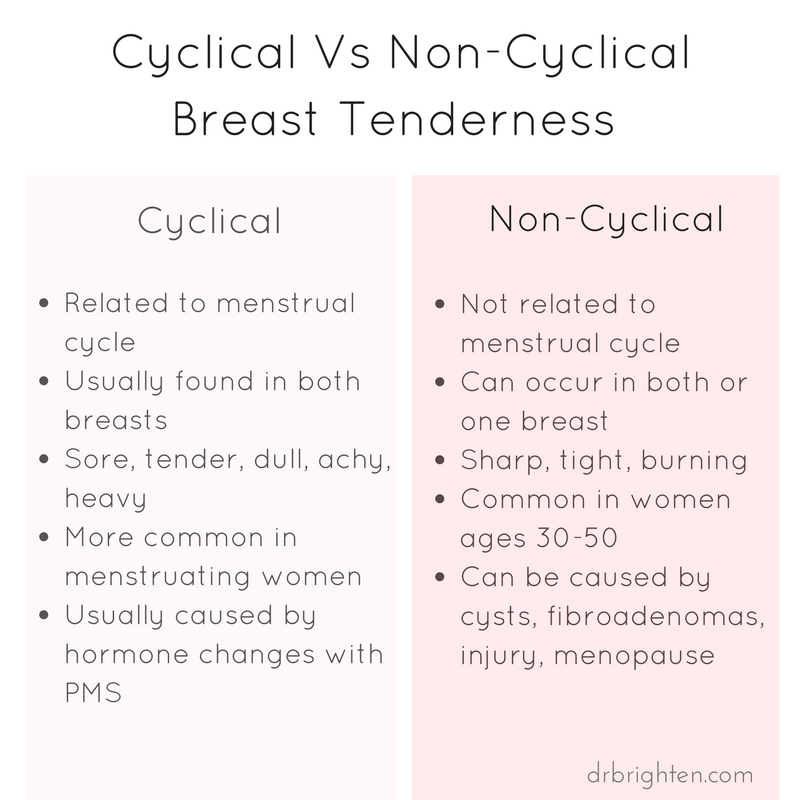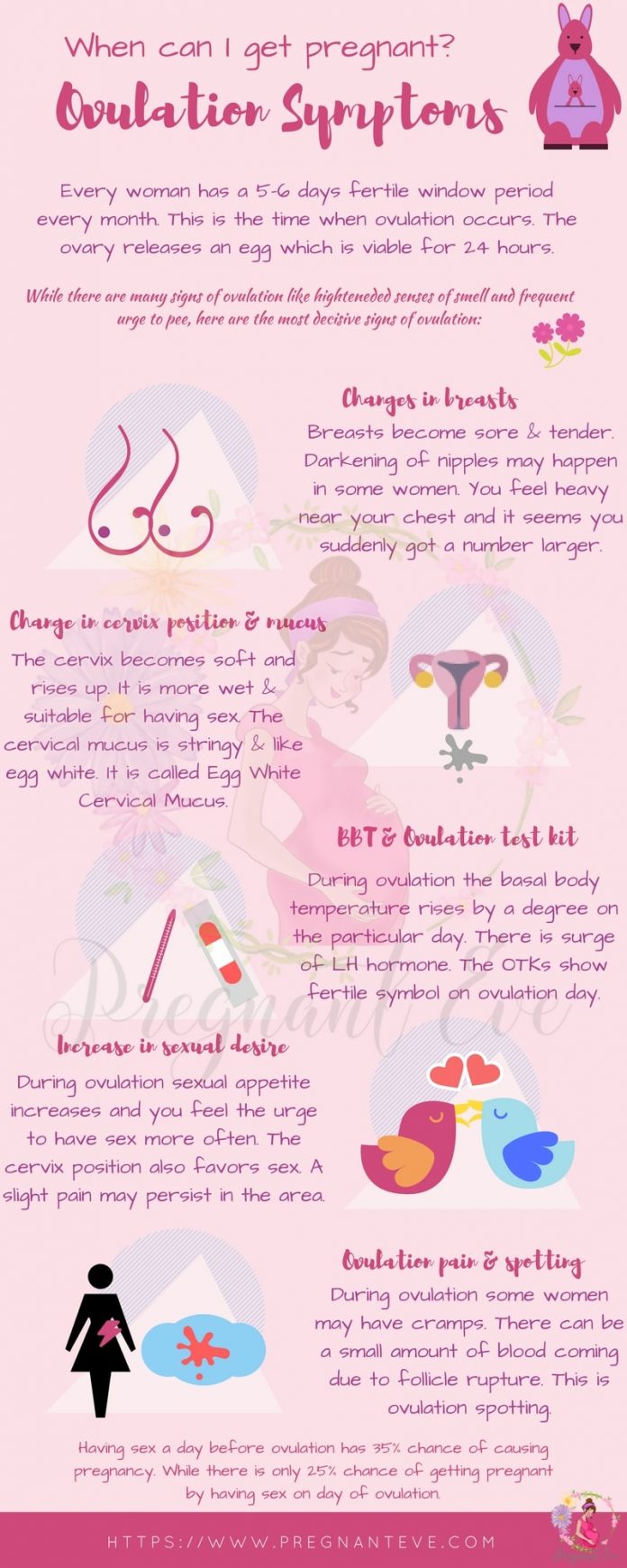

It is a dull, aching pain while some women may describe it as heaviness, tightness, discomfort, or burning sensation in the breast tissue, which may be unilateral or bilateral. Approximately two-thirds of women during their reproductive lives suffer from this condition and seek medical help. All Rights Reserved.Mastalgia is a medical term used for breast pain, one of the most common complaints among women of 15 to 40 years of age (child-bearing age). © 2018 RelayHealth and/or its affiliates. The information is intended to inform and educate and is not a replacement for medical evaluation, advice, diagnosis or treatment by a healthcare professional. This content is reviewed periodically and is subject to change as new health information becomes available. However, it is not clear that these foods have a significant impact on symptoms. To try to help prevent fibrocystic breast changes, some providers advise avoiding food and beverages that contain caffeine, such as coffee, tea, cola, and chocolate. How can I prevent fibrocystic breast changes?
#Breast pain before 10 days of periods skin
Other breast symptoms develop, such as skin color changes, dimpling of the skin, or discharge from the nipple.You haven't had a breast exam in over 1 year.Also have a yearly exam by your healthcare provider and get regular screening mammograms as advised by your provider.īecause lumps can be a symptom of either fibrocystic breast changes or cancer, it is important to see your healthcare provider when: If you no longer have periods, examine your breasts at the same time each month, for example, on the first day of every month. How can I take care of myself?Īlways do monthly breast self-exams after your menstrual period. There is no known cure for these breast changes, but they are not harmful and rarely develop into breast cancer. They may go away or become less noticeable after menopause. The lumps may get larger or smaller over time. If a lump does not disappear completely after aspiration, it should be looked at again by your provider. In this procedure, after local anesthesia, fluid in the lump is removed with a tiny needle attached to a syringe. Some cysts can be treated in the provider's office by aspiration. If your symptoms are severe, you may want to discuss with your provider the pros and cons of prescription drugs such as hormones.Ask your healthcare provider about supplements such as evening primrose oil, available at health food stores, and vitamins such as vitamin A, B complex, and vitamin E may help reduce symptoms.Drink less coffee, tea, and soda containing caffeine, which may aggravate the cysts.Warm soaks or ice packs may help to reduce or prevent symptoms.Wear a well-fitting bra for support, especially when you are physically active.Nonprescription drugs such as ibuprofen, acetaminophen, and aspirin may be helpful for pain.There is no accepted medical treatment for getting rid of the breast changes, but there are a number of things you can do to try to relieve discomfort. Or your provider may ask that you simply return for another exam in 2 to 6 weeks, depending on where you are in your menstrual cycle. To be sure of the diagnosis, your provider may recommend that you get a mammogram, a breast ultrasound, or aspiration of the cyst (removal of fluid with a tiny needle). Usually, your healthcare provider can diagnose fibrocystic changes with a physical exam. They begin to go away when your period starts and are usually gone by the time your period ends. These changes usually happen in both breasts 7 to 10 days before your menstrual period. The symptoms are tenderness, enlargement, and lumpiness in the breast. Estrogen and other hormones produced by the ovaries may play a role. The cause of fibrocystic breast changes is not known.

Fibroadenomas, another common cause of breast lumps, are solid lumps of fibrous tissue. Fibrocystic breast lumps are cysts, which are fluid-filled sacs surrounded by fibrous tissue. Fibrocystic Breast Changes What are fibrocystic breast changes? Fibrocystic breast changes are the most common cause of breast tenderness and breast lumps.


 0 kommentar(er)
0 kommentar(er)
